There is something very unassuming about the intricacies of Sicily, given its vast, arid landscape, rustic way of life, and history as a cultural crossroads. The people of this island, situated at Italy’s southern tip, take enormous pride in the simple and beautiful treasures that the land has to offer.
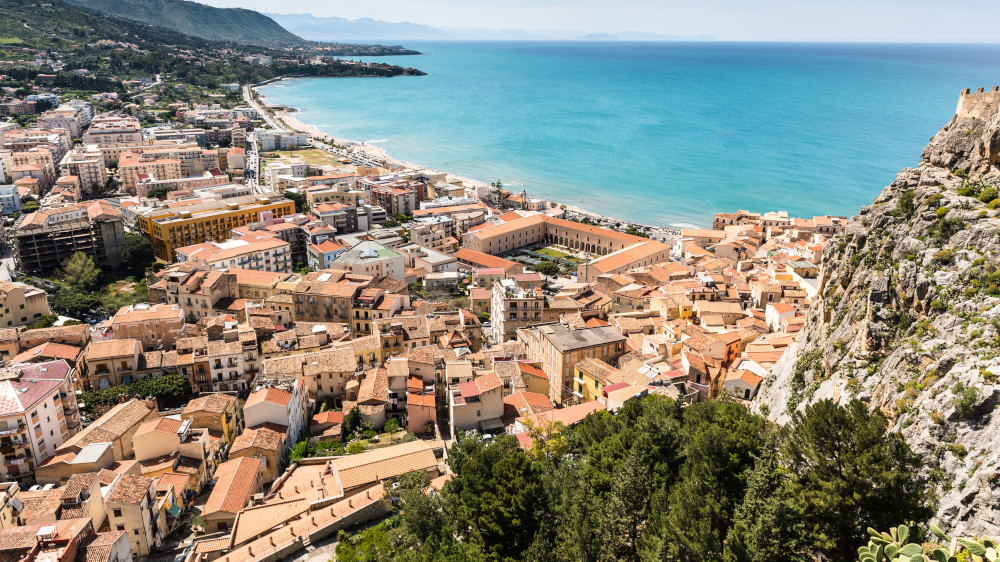
View overlooking Cefalù
It is hard to find another place that has been impacted by such a wide array of cultural influences: Phoenicians, Greeks, Arabs, Normans, Romans, Spanish, British, and French among them. Over time, these influences have helped spawn some of Italy’s most cherished agricultural products. Their olive oils, from several different parts of the island, are regarded as some of the finest around. World-class chocolates hail from Modica, and Sicilian nuts are highly prized as well, especially the pistachio, hazelnut, and pine nut (actually a seed). Of course, the wines of Sicily are no exception.
Mount Etna, located in the northeast, is an active volcano that is home to a diverse range of vineyards, some of them planted as high as 1,000 meters up the slopes. These infertile basalt soils are rich in magnesium and iron, which provide little organic matter for the vines. This produces low yields and higher-quality grapes.
The red nerello mascalese grape is king in this region, exhibiting characteristics of both nebbiolo and pinot noir, while typically boasting some serious structure and rusticity. Carricante is the focus of mineral-driven Etna Bianco, while catarratto, inzolia, minella bianca, grecanico, chardonnay, and other local varieties are sometimes called on to round out the blend. At Paul Marcus Wines, we’re fortunate to work with some of Etna’s most esteemed producers, including Girolamo Russo, Terre Nere, Benanti, and Graci.

The Val di Noto, in the island’s southeastern region, is home to some of my absolute favorite wines on the planet. Vittoria is famous for its blend of frappato and nero d’avola, called Cerasuolo di Vittoria. These wines can offer an amazing balance of freshness, aromatic complexity, and red-toned earthiness that just screams “Sicilia.”
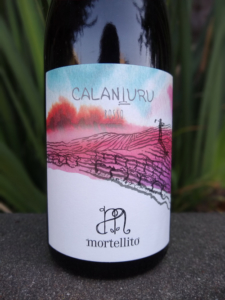 A somewhat newer producer to me, from the town of Pachino just south of Siracusa, is Mortellito. I’ve quickly come to appreciate Mortellito’s wines for their transparency and honesty. There is a rosso made mostly from frappato, with a touch of nero d’avola. It is bright, yet rustic, and not overly floral like frappato can be for some palates. They also make a couple of white wines, including one–comprised mostly of grillo with a bit of catarratto–that reminds me of melons and citrus zest, with a pistachio earthiness and a solid backbone of acidity.
A somewhat newer producer to me, from the town of Pachino just south of Siracusa, is Mortellito. I’ve quickly come to appreciate Mortellito’s wines for their transparency and honesty. There is a rosso made mostly from frappato, with a touch of nero d’avola. It is bright, yet rustic, and not overly floral like frappato can be for some palates. They also make a couple of white wines, including one–comprised mostly of grillo with a bit of catarratto–that reminds me of melons and citrus zest, with a pistachio earthiness and a solid backbone of acidity.
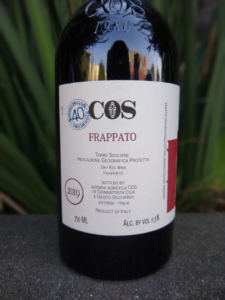 COS is a winery in Vittoria that was started in 1980 by three friends. Forty years on, their wines have endured; in fact, I feel like they’re making some of their best wines as of late. Their frappato is a jewel, with a bit more depth than most. COS is quite well known for the wines they make in pithos, or amphora–terracotta vessels buried in the ground to age wines before bottling. These wines, just like Mortellito’s, have an amazing freshness and lift for wines grown in such a warm climate. Thank you, white, limestone-rich soils!
COS is a winery in Vittoria that was started in 1980 by three friends. Forty years on, their wines have endured; in fact, I feel like they’re making some of their best wines as of late. Their frappato is a jewel, with a bit more depth than most. COS is quite well known for the wines they make in pithos, or amphora–terracotta vessels buried in the ground to age wines before bottling. These wines, just like Mortellito’s, have an amazing freshness and lift for wines grown in such a warm climate. Thank you, white, limestone-rich soils!
*****
In the late spring of 2017, my family and I traveled to this uniquely gorgeous locale. So much of the island feels as though you’ve stepped back in time–at least a generation, if not two or three.
I still remember our stay above the picturesque northern coastal town of Cefalù, where we floated in the serene waters of the Mediterranean with our young daughter. (I could really go for that right about now.) The Arab-Norman cathedral in the town square is a real jaw-dropper, too. I also recall spending a late afternoon, bleeding into early evening, on our rooftop terrace in Ortigia, sipping Graci’s Etna Bianco and Russo’s Etna Rosato all the while.
One of my fondest memories was our visit to winemaker Ciro Biondi in Trecastagni, a small town on the southeast side of Mount Etna–an absolute gem of an experience. It was a hot day, not too uncommon in these parts, and we slowly navigated our way up the narrow roads. When we finally arrived, Ciro greeted us with such warmth and took us on a walk to the vineyard just above his house.
The house was once a palmento–these were traditional winemaking structures, usually just one big room or so, that housed the area for the grapes to be received from the vineyards, then pressed and gravity-fed into its next vessel (concrete, wood, or terracotta). We spent an hour or two tasting a few of his wines on his patio, complete with outdoor kitchen, in the middle of his vineyard. He took us back down to his house and made us pasta for lunch–noodles made from local grains, breadcrumbs, a bit of garlic, fennel fronds, and lots of Etna olive oil.
Just a few humble ingredients of the utmost quality to make a dish shine: the true Sicilian way.
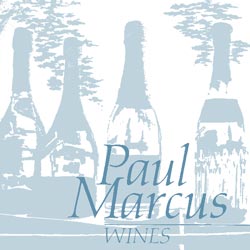
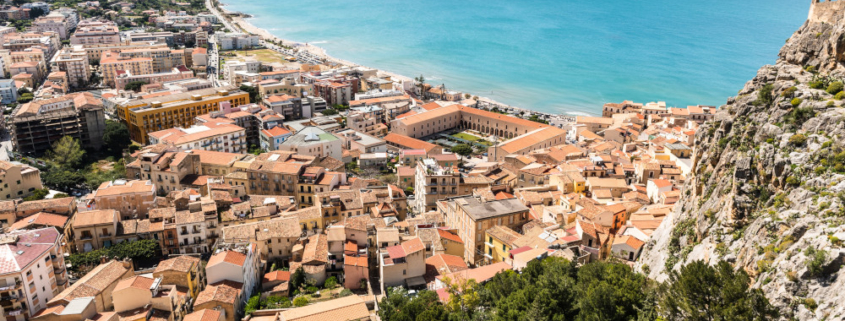
Leave a Reply
Want to join the discussion?Feel free to contribute!